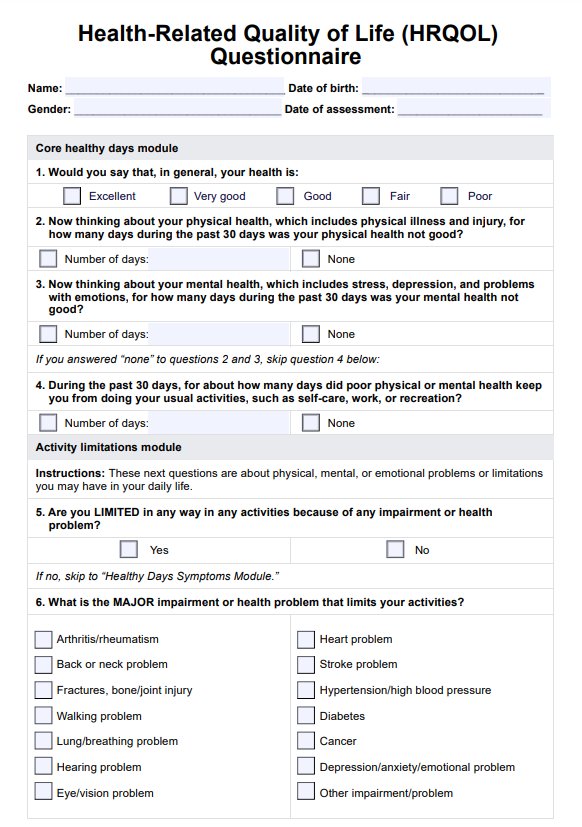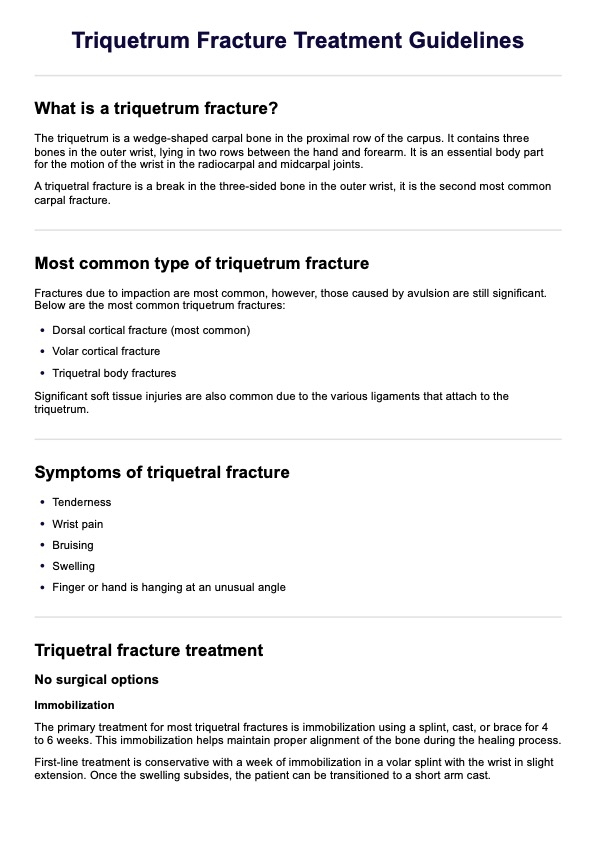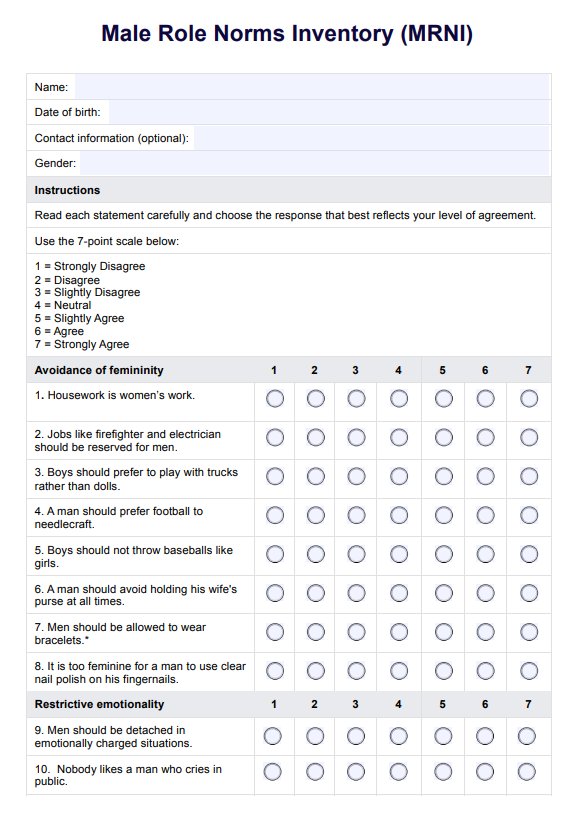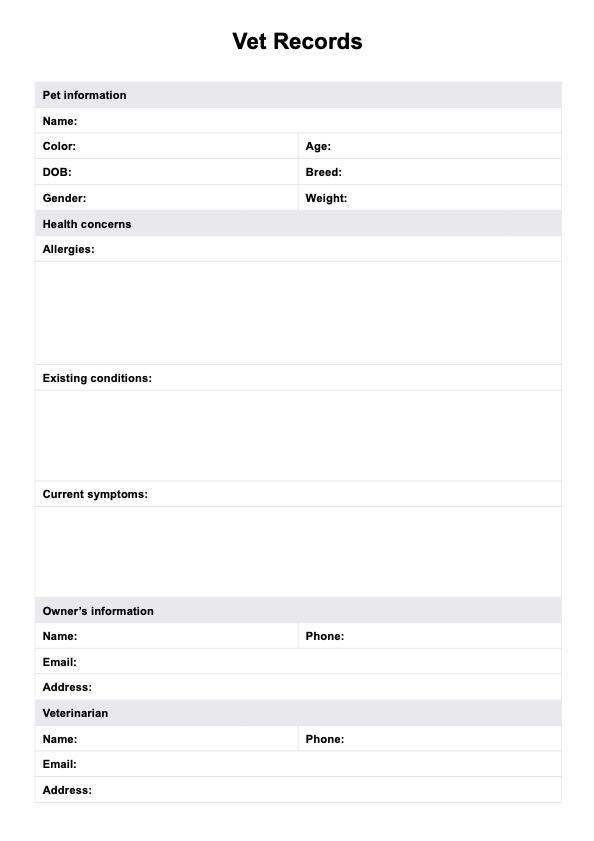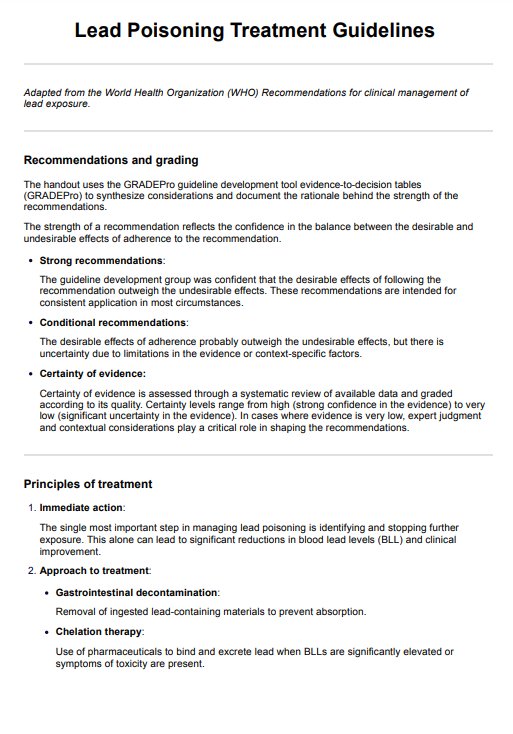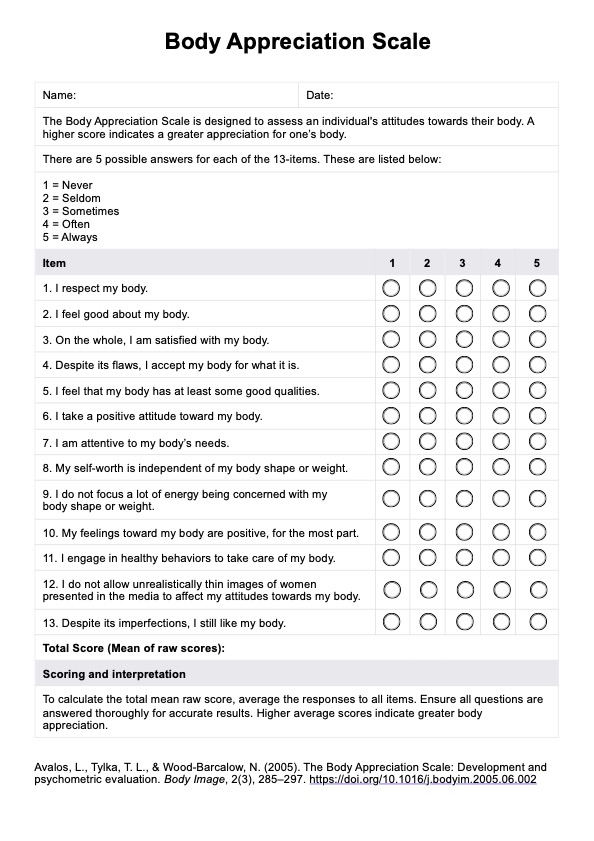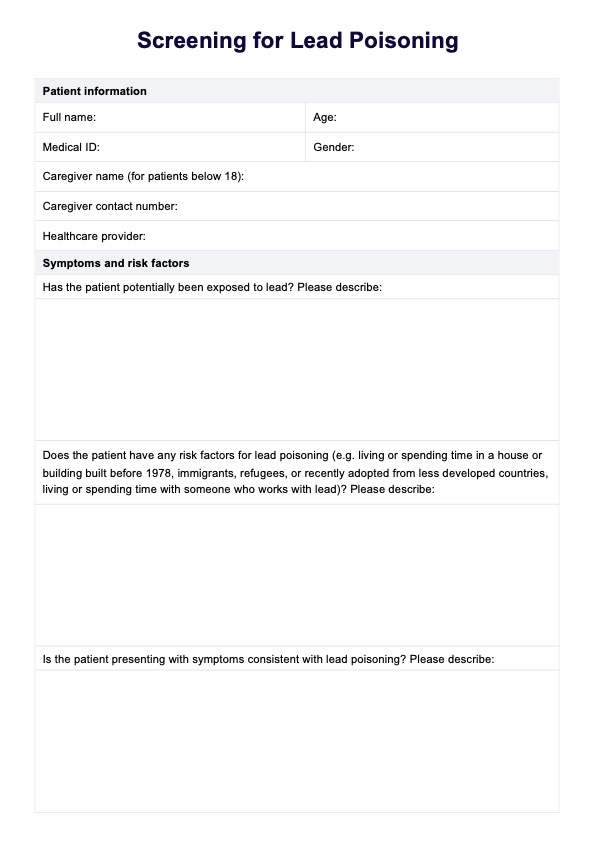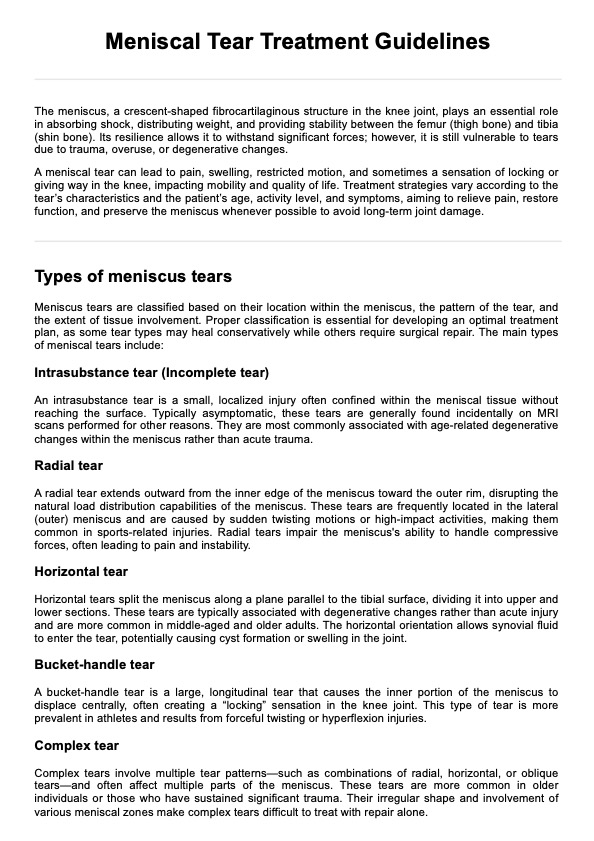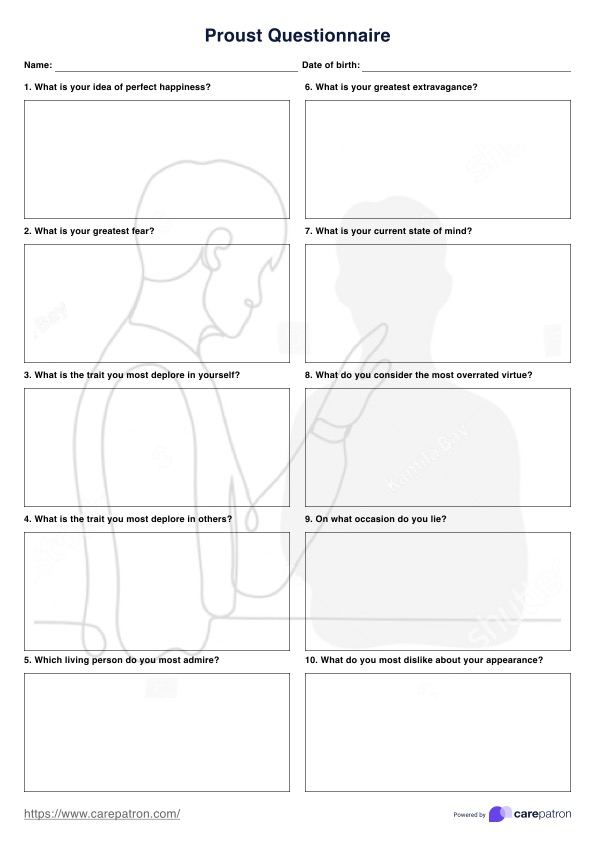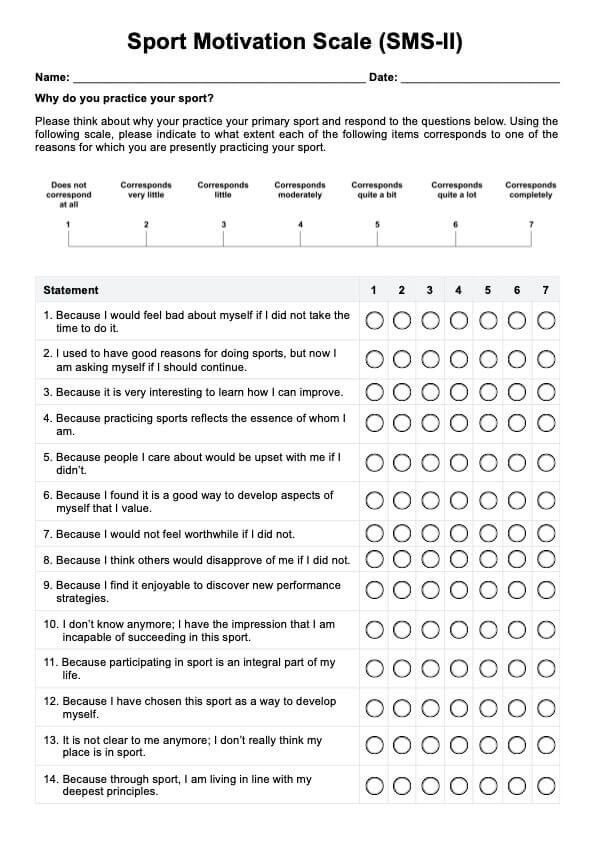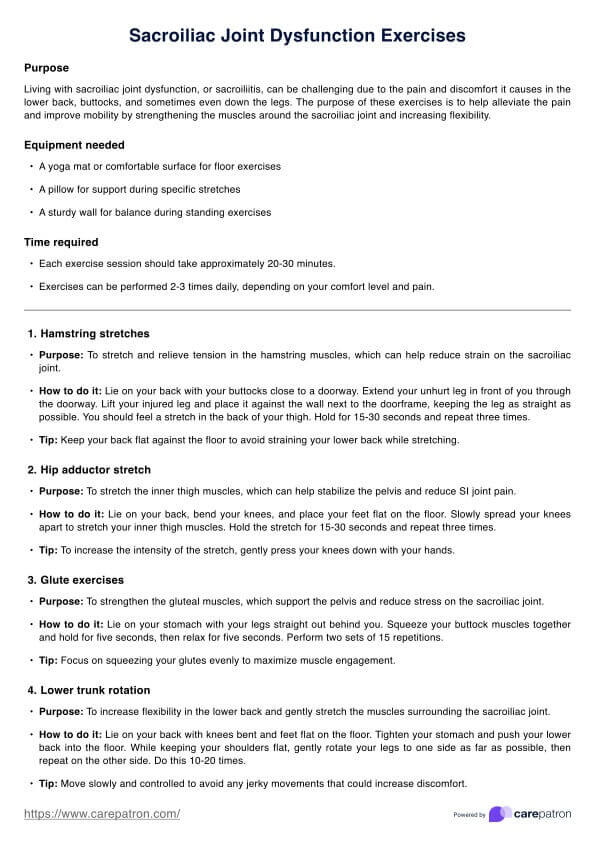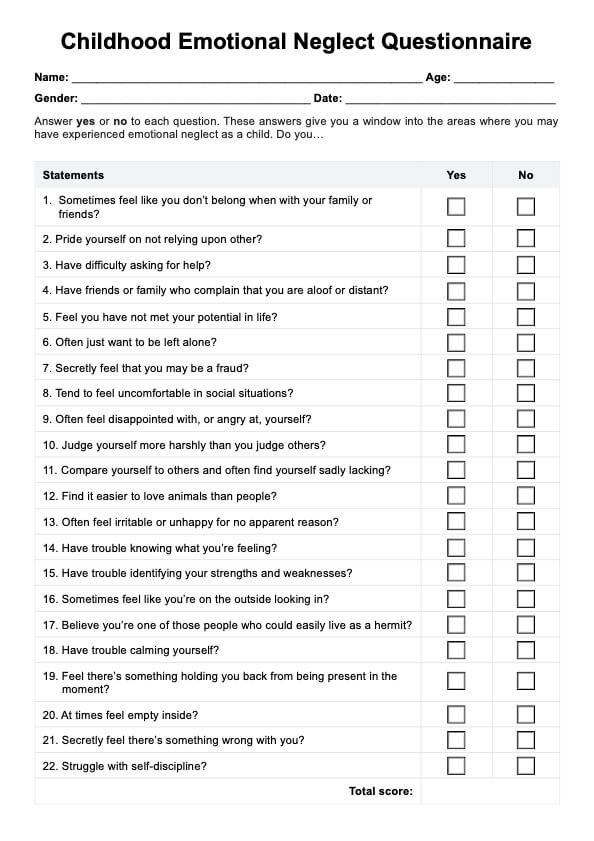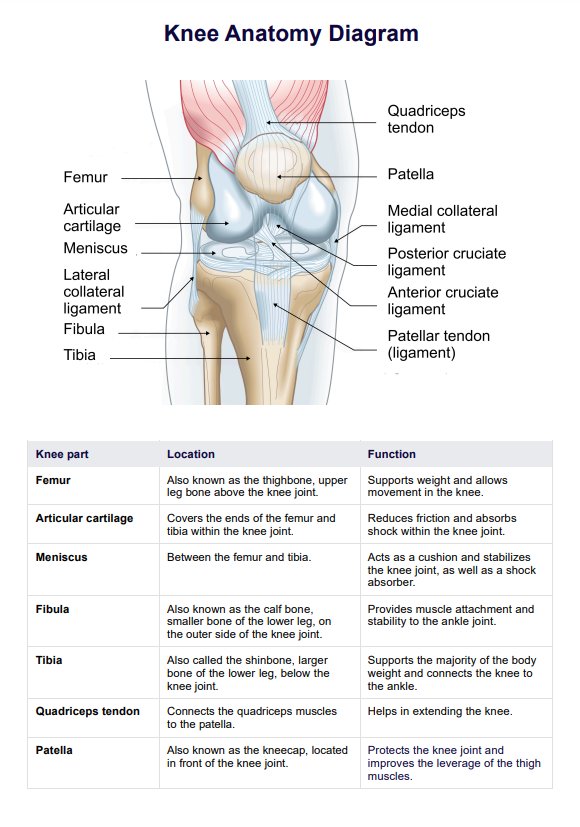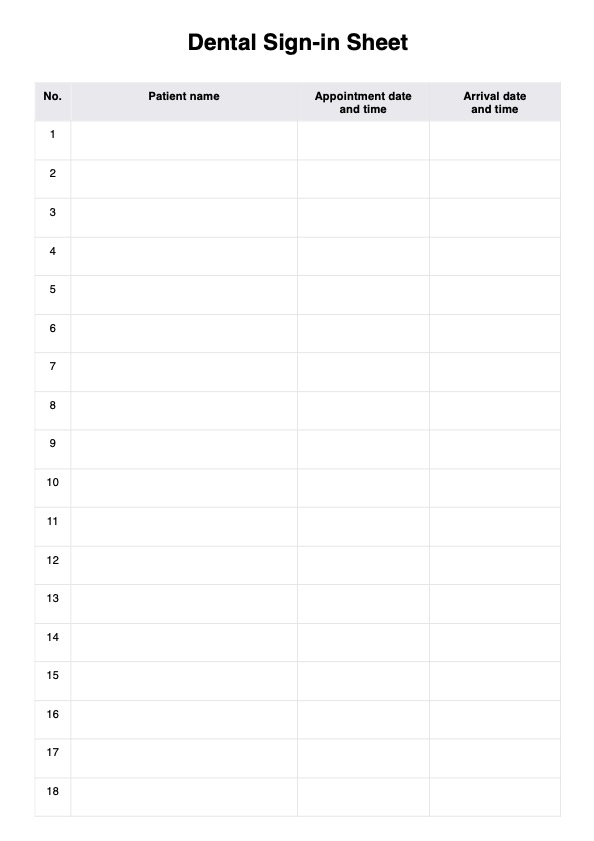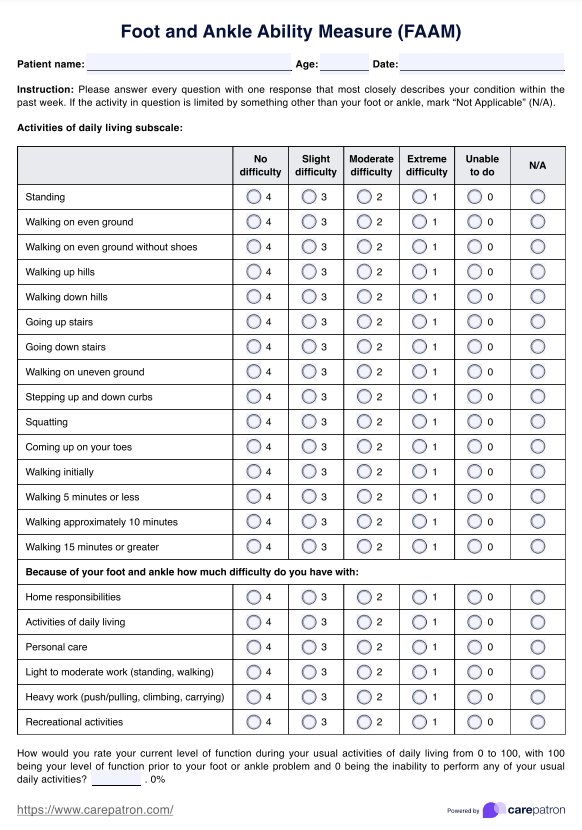Baby Food Introduction Schedule
Guide parents in introducing solid foods to their babies with our Baby Food Introduction Schedule. Download your free template now!


Introduction
Introducing solid food to an infant is a significant milestone in their developmental journey. As healthcare professionals, it's crucial to guide parents on the appropriate timing and methods for this transition to ensure a smooth shift from breast milk or formula to solid foods. Key indicators that an infant is ready for solids include sitting up with support, showing interest in food, and moving food to the back of the mouth to swallow. Initiating a solid meal properly can help prevent choking and promote healthy growth.
Baby Food Introduction Schedule Template
Baby Food Introduction Schedule Example
Baby's first foods
When advising parents on introducing solid foods to their baby, start with simple, easy-to-digest options such as baby oatmeal, rice cereal, or barley, as they are high in iron. Encourage mashed or pureed fruits and vegetables like sweet potatoes, bananas, avocados, apples, and pears. Additionally, pureed chicken or beef is an excellent source of essential iron and zinc.
Common food allergies
Advise parents to be cautious when introducing allergenic foods such as dairy, eggs, fish, soy, shellfish, wheat, peanuts, and tree nuts. They must introduce these foods one at a time and monitor for allergic reactions, ranging from mild (e.g., rash) to severe (e.g., difficulty breathing). Parents must consult a pediatrician before introducing peanuts if the infant has severe eczema or an egg allergy.
Foods to avoid
When advising parents on introducing solids to their infants, certain foods should be strictly avoided during the early stages. For instance, it is not safe to give honey to babies under the age of one due to the potential risk of botulism. Babies also usually struggle to digest cow's milk before they are one year old, so it is best to rely on breast milk or bottle feeding during this time.
Foods that pose a choking risk, such as raw vegetables, nuts, seeds, grapes, and hot dogs, should be avoided or cut into small, manageable pieces to minimize the risk of choking. Ensuring parents are well-informed about these guidelines is crucial in promoting their infants' safe and healthy eating habits.
How to use our Baby Food Introduction Schedule template
Our printable Baby Food Introduction Schedule Template guides healthcare professionals in helping parents ensure their little ones receive the right nutrients at the right time while minimizing any potential risks when they are finally ready to eat food. Below is a guide on effectively using this template to make the transition smooth and enjoyable for both parent and child.
- Download our template: Access and download a baby food schedule template by visiting the Carepatron website and searching for the template name under the 'Resources' tab.
- Print it out: Print the template and keep a hard copy handy. A physical copy will make it easier to refer to during meals and when helping parents create their own baby food plan.
- Encourage parents to follow the weekly plan: Encourage parents to use the detailed weekly plan in the template to gradually introduce new foods to their baby.
- Monitor reactions: Remind parents to monitor their baby's reactions to each new food. Let them track and document these reactions in the provided space on the template, noting any signs of allergies or preferences. This will help them identify which foods are well-tolerated and which must be avoided.
- Utilize tips and reminders: Remind them to follow the tips and reminders included for each stage of the introduction process. These insights will help them navigate potential challenges and ensure a smooth transition to solid foods, making the experience as smooth as possible for the parents and babies.
Our Baby Food Introduction Schedule template offers a detailed guide for health professionals to help parents plan their baby's schedule for eating solids. It includes weekly meal recommendations, starting with single-grain cereals and progressing to pureed vegetables, fruits, and protein sources.
Tips on introducing new foods to babies
Introducing new foods can be an enjoyable experience for both parents and their infants. Here are some professional guidelines to share with parents:
- Start slowly: Advise parents to offer one new food at a time and wait 3-5 days before introducing another. This helps monitor any allergic reactions connected to what the baby eats. For instance, start with pureed carrots and wait a few days before moving on to pureed peas. If an allergic reaction occurs, it's easier to identify the cause.
- Incorporate textures: Recommend starting with pureed foods or strained baby food, such as pureed sweet potatoes or applesauce, and gradually progressing to mashed foods like mashed bananas or avocados. Eventually, finger foods such as small soft-cooked vegetables or tiny bits of bread should be introduced. This progression helps the infant adapt to different textures and encourages chewing.
- Encourage patience: Remind parents that it may take multiple attempts before an infant accepts a new food. For example, if the baby rejects pureed spinach the first few times, suggest offering it in different forms, like mixed with a favorite fruit, blended into a smoothie, or with little breast milk. Encourage parents to keep offering the new food in various forms, as repeated exposure can increase acceptance.
Commonly asked questions
Most infants are ready to begin solids between 4 and 6 months, ideally closer to six months for exclusively breastfed babies.
Begin with iron-fortified cereals, then transition to pureed vegetables, fruits, and proteins.
Key indicators include sitting up with support, showing interest in food, and moving food to the back of their mouth.
Ensure that foods are soft, mashed, or cut into small pieces, and avoid hard, round, and sticky foods that could pose a choking risk.

.jpg)











